Social Permaculture
Community Development
Group Design

The Art of Designing Beneficial Relationships
Patrick Whitefield – The Earth Care Manual
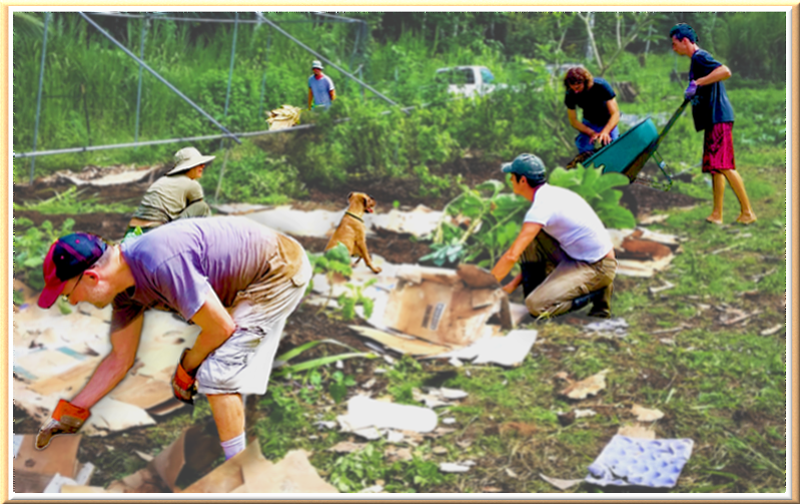
Can we use Permaculture Design; (set of principles and ethics focused on whole systems thinking) to guide our groups, learning environments, and social systems? Can Permaculture rebuild community? Can Permaculture rebuild relationships?
People focused design
Designing INTEGRATED systems
Creating conditions that favor nurturing, empowering relationships
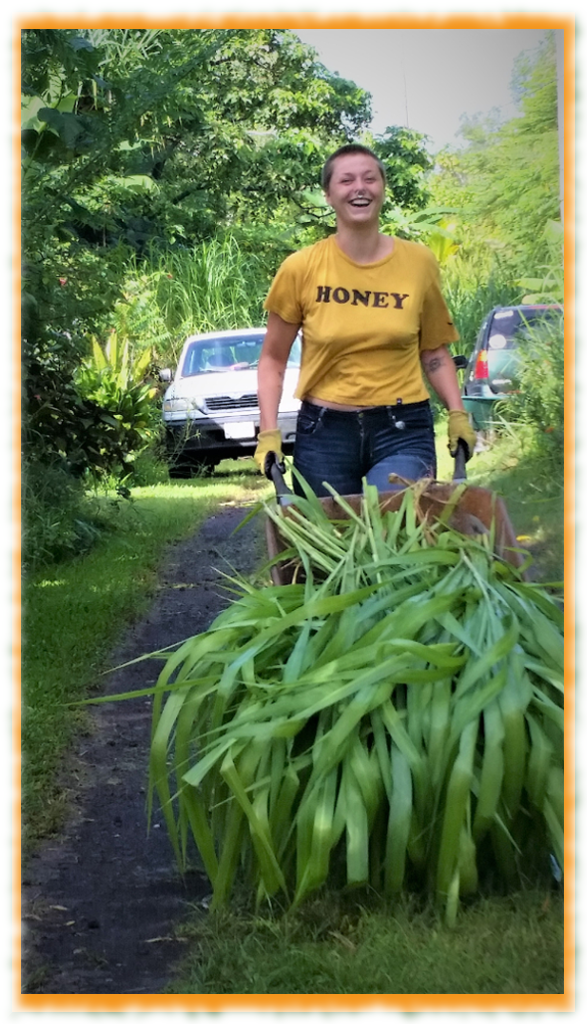
How do you facilitate Social Permaculture?
Where do YOU start?
We are going to start in the ʻĀina.
We are growing in the garden.
Principle # 8 Integrate rather than segregate: By putting the right things in the right place, relationships develop between those things and they work together to support each other.
Here on the Kalani campus, we have different departments that steward the property. We organized a community wide garden day for all our community members to participate and come play in the soil together. A current garden space on the property needed a reset. Setting a fresh foundation for the garden; we start at the base together.
laying the groundwork
We are applying a simple Sheet Mulching component to all the pathways in the garden. This Sheet mulching includes Green and Brown organic resources from the land along with cardboard we collect on property. Mulch chips were also utilized for the top of the pathways.
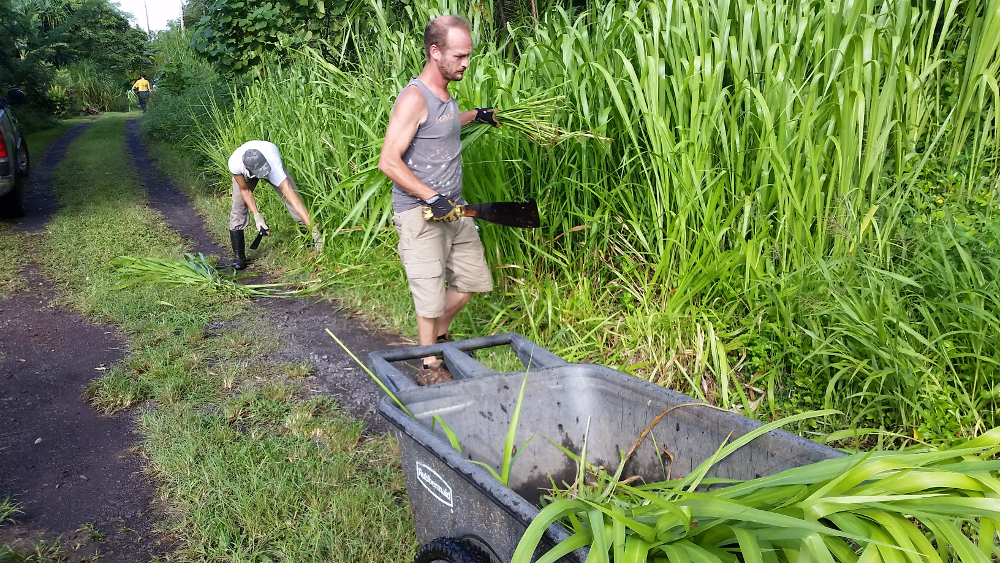
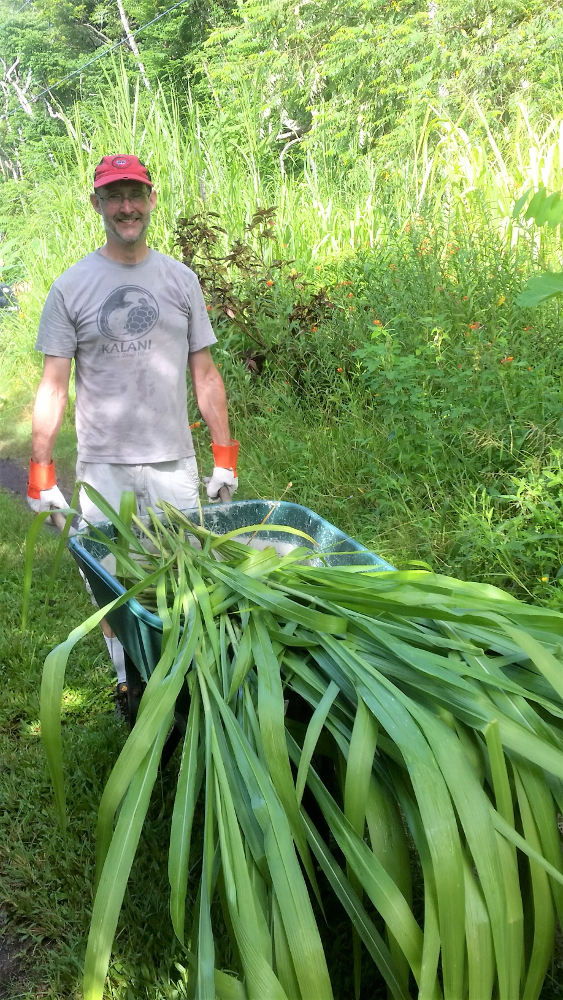
For the bottom of our layered sheet mulch walkways, we use organic matter from the land; green waste and brown waste. Guinea grass and dried banana leaves are harvested and gathered in piles in the garden.
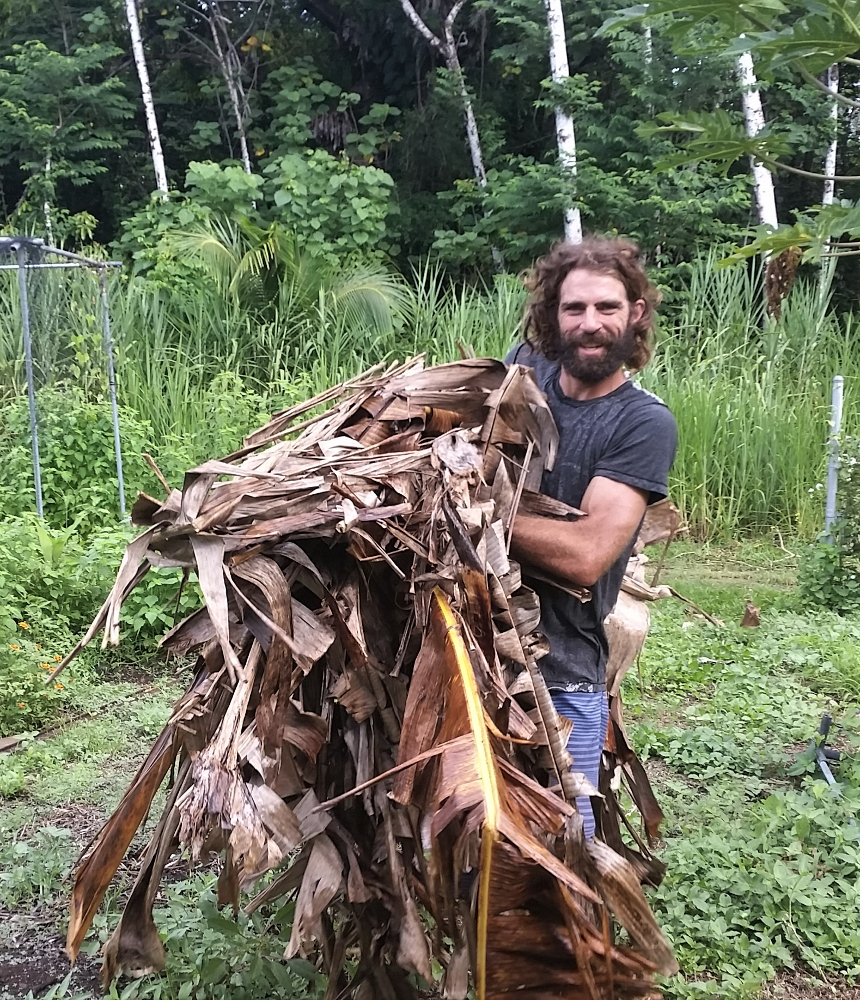

Principle #10 Use and value diversity: Diversity reduces vulnerability to a variety of threats and takes advantage of the unique nature of the environment in which it resides.
We filled in all the pathways with the organic materials, lining all the pathways.
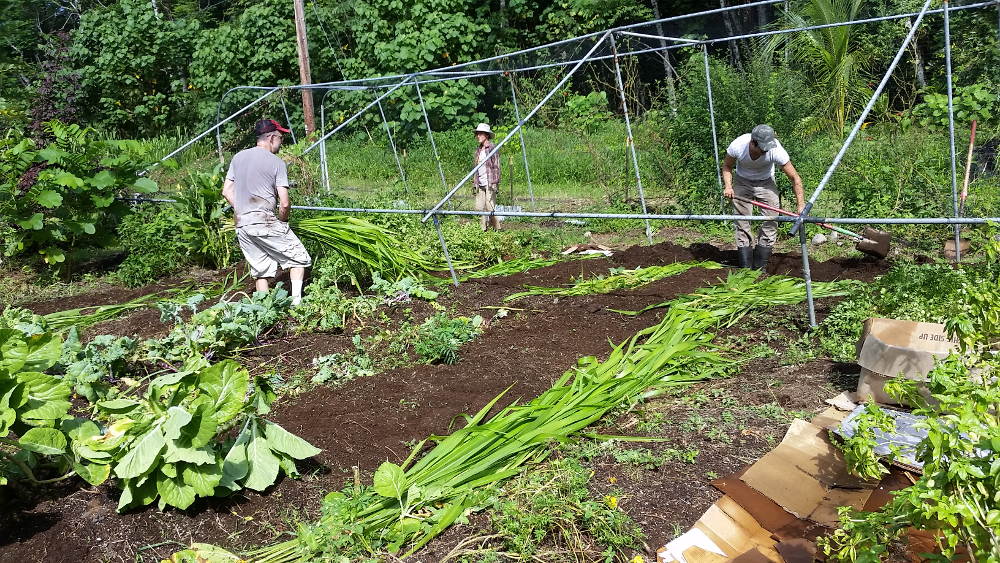
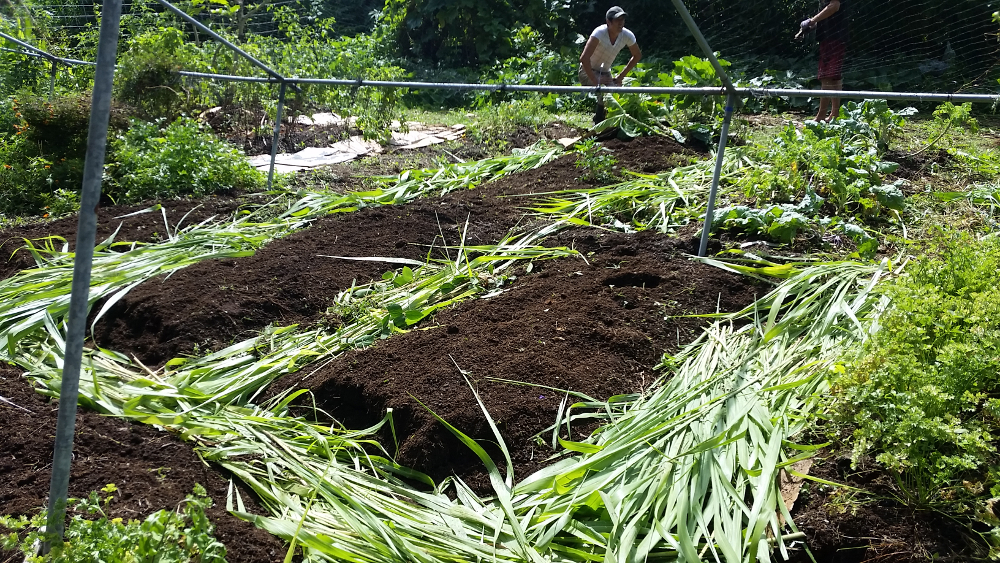
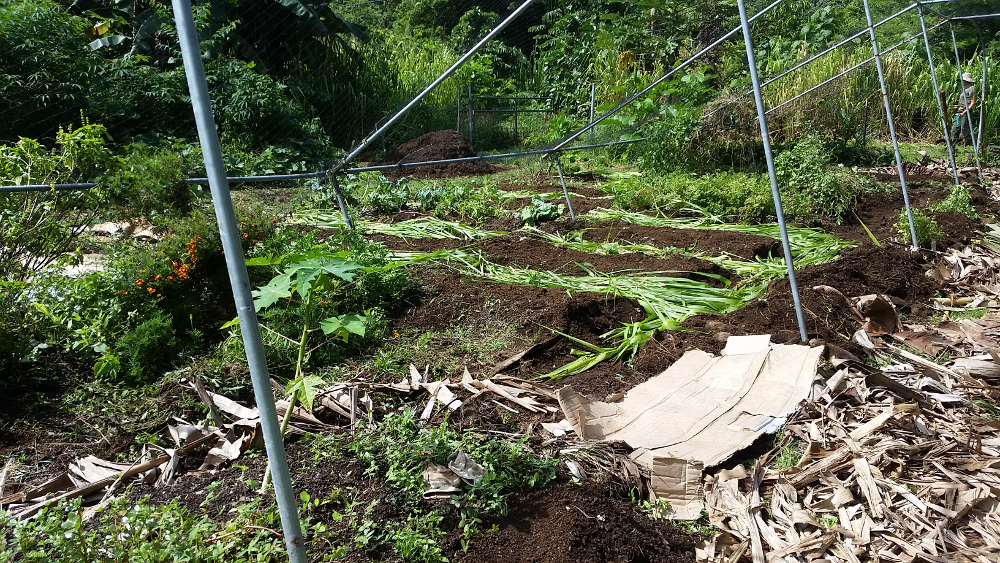
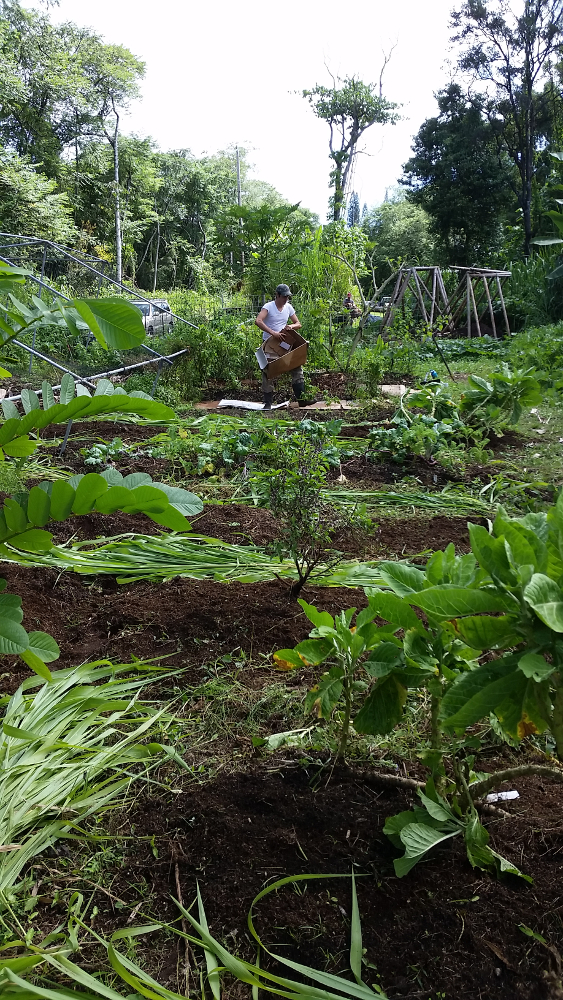
The second layer is cardboard. We have one group laying cardboard, as another group follows with the final mulch material on top.


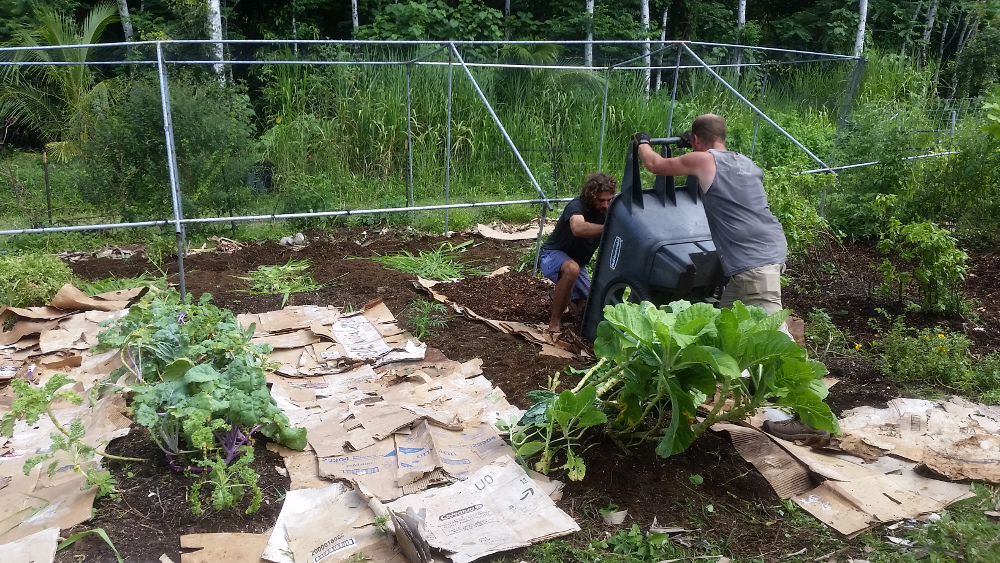
Principle #11 Use edges and value the marginal: The interface between things is where the most interesting events take place. These are often the most valuable, diverse and productive elements in the system.
Meanwhile ~ on the other side of the garden, we have a group prepping an area for our bamboo trellis structures. We moved the trellis to be on top of our existing compost piles. Here we design to save space by growing squash and pumpkins vertically.


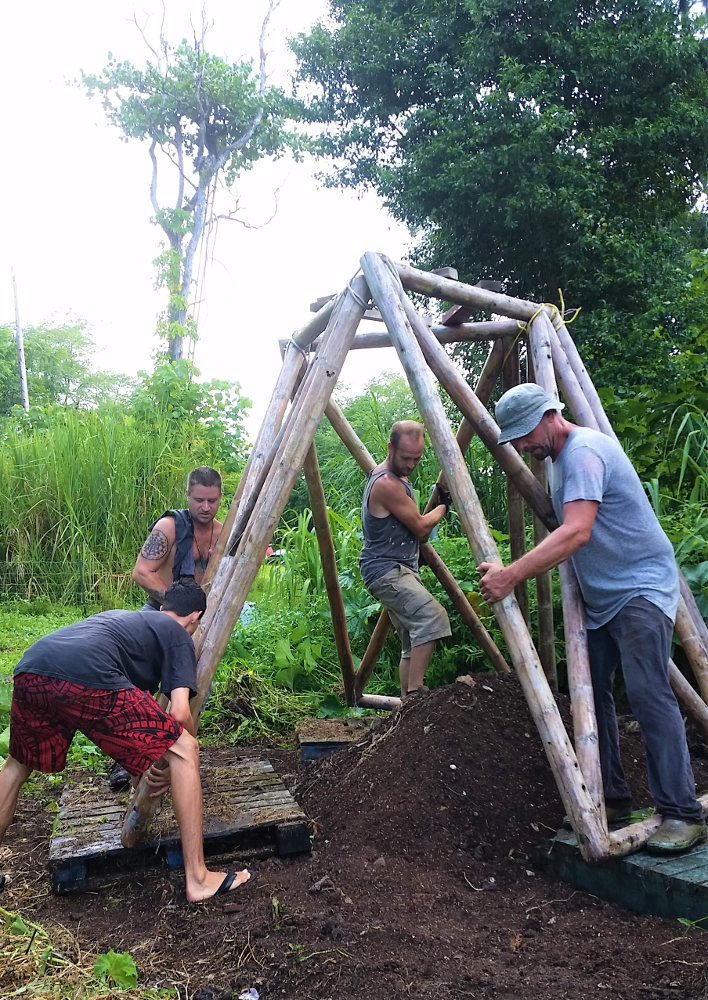
Checking back in with the pathway sheet mulching – the top and final layer of much is applied. Finishing the project, we pack up the tools to clean and put everything away.
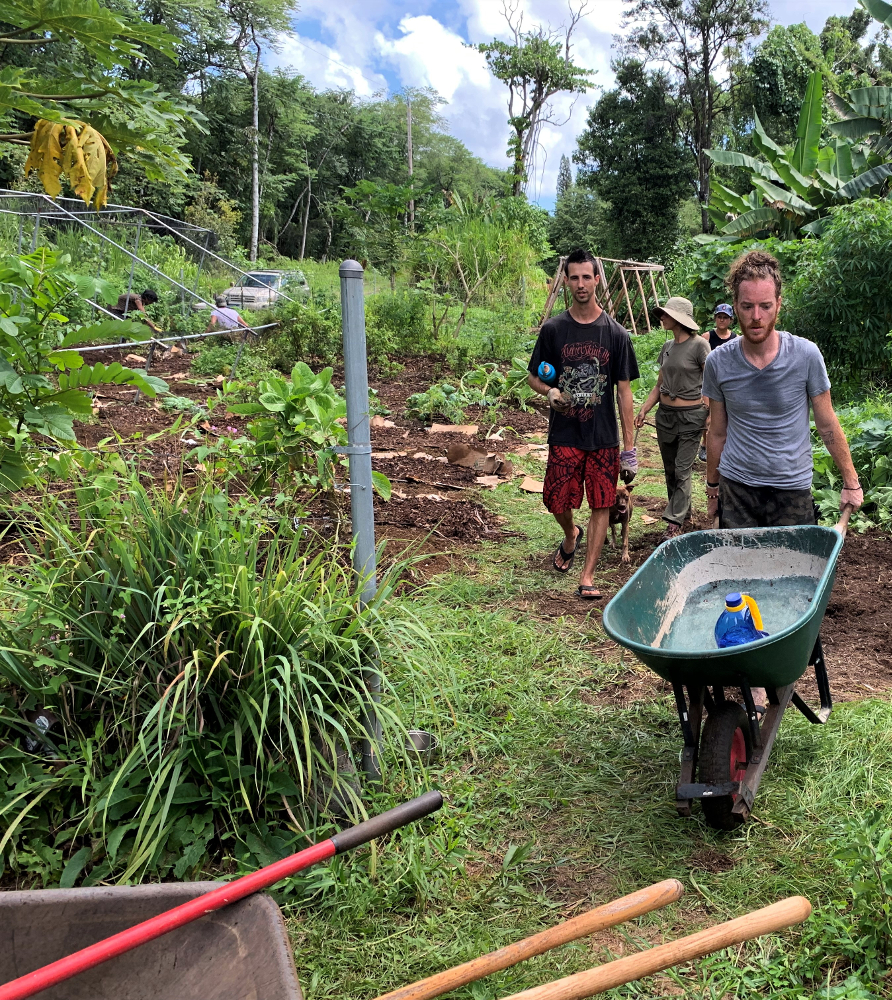

feedback
We asked our community members for their perspective after our first Laulima Garden gathering. The feedback we received was:
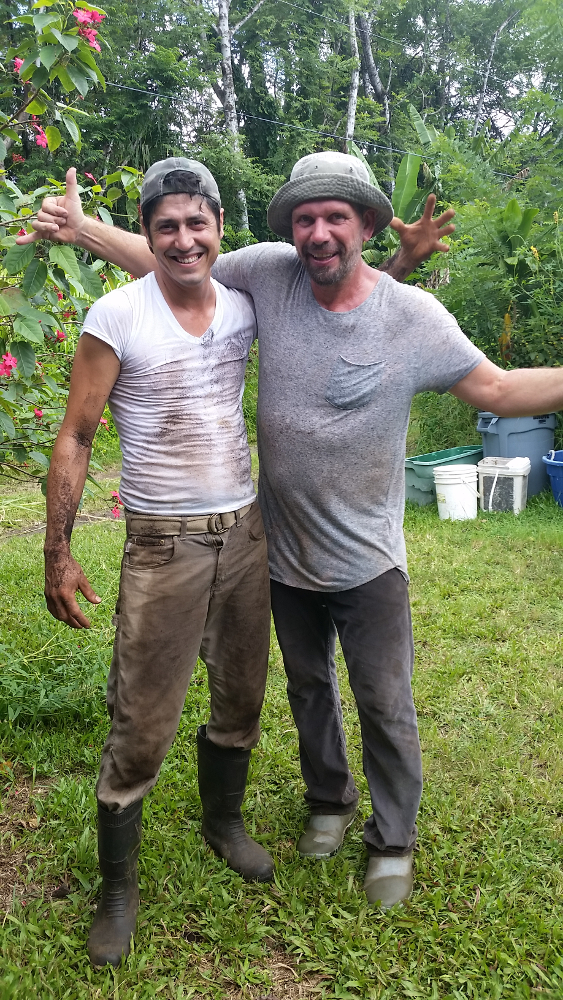

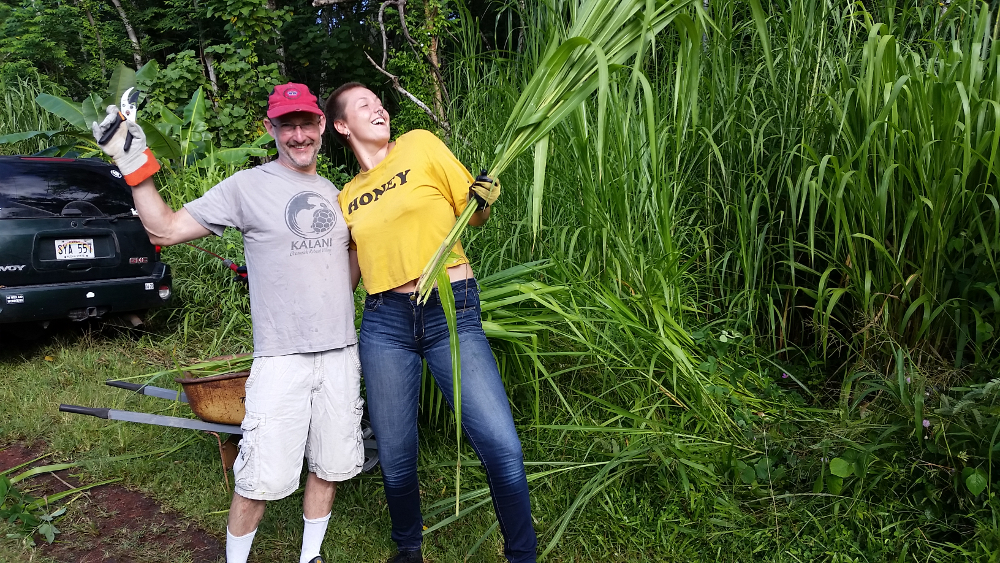
- Excitement towards having a main goal the group could focus on
- Enjoyment of the participation in Teamwork
- Making work FUN working as a TEAM
- Surprise at the amount of work accomplished is a relative short amount of time (Experiencing Laulima)
- Felt more connected within the group
- Felt like a part of the ‘Ohana (family) ~Inclusion ~ Integration ~